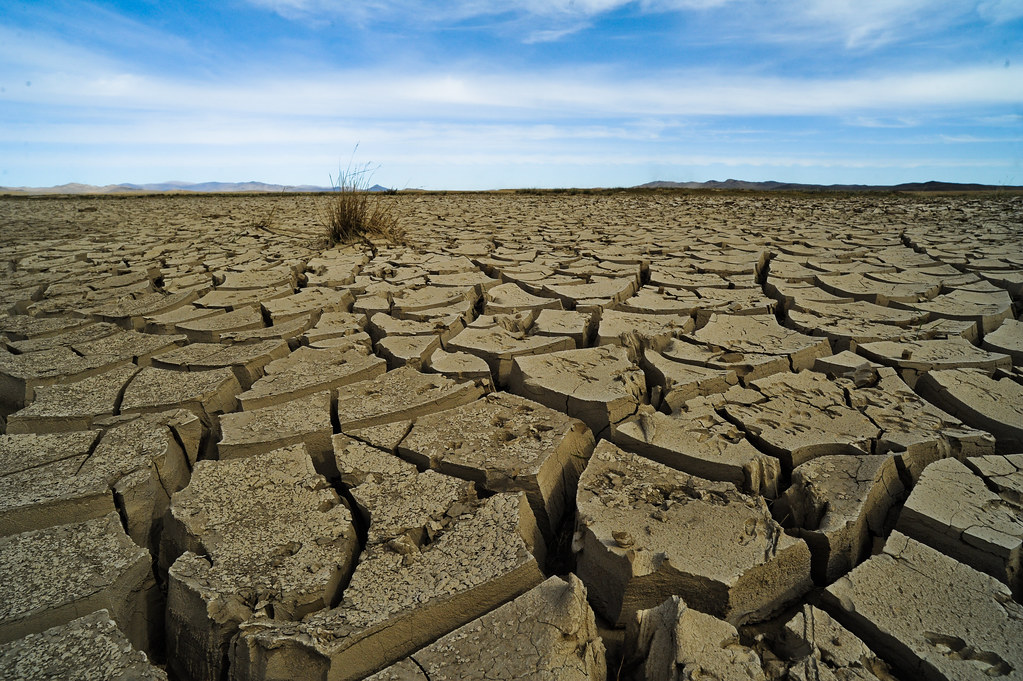Key Takeaways:
- Thomas Malthus warned that population grows faster than food supply.
- His idea of Malthusian limits shows nature can cap human progress.
- He pushed for practical reforms, not ruthless control of the poor.
- Today’s climate and resource crises echo his warnings.
- Rethinking Malthus helps us plan for a sustainable future.
What Are Malthusian Limits?
Malthusian limits refer to nature’s rules on how much we can grow. Thomas Malthus noted that people multiply faster than food. He saw population rise in the American Colonies and Britain’s food shortages. Hence, he argued that growth would hit a hard ceiling. To him, this ceiling meant more hunger, disease, and conflict.
Why Did Malthus Worry About Population Growth?
Back in 1798, Britain saw bread riots and hunger. Between 1760 and 1790, the population jumped by almost half. Yet farms could not keep up. Malthus used simple math to show population could double every 25 years. Meanwhile, crops rose more slowly. He believed this mismatch would bring serious trouble.
How Malthus Challenged Unlimited Progress
Many thinkers of his day thought progress never ends. William Godwin, a friend-turned-rival, dreamed of a perfect world without war or disease. He believed reason alone would solve all problems. However, Malthus saw history as cycles of rise and fall. He pointed out that nature has strict limits. Malthusian limits reminded leaders to set realistic goals.
Malthus Was No Villain
Often, people say Malthus wanted the poor to stay poor. They call him heartless because he spoke of “positive checks” like famine and disease. But Malthus also asked for “preventative checks,” like moral restraint and family planning. He backed free education, extending voting rights, ending slavery, and medical care for the needy. He sought fair solutions, not cruel ones.
Malthus’s Mixed Legacy
Over two centuries, humans proved more inventive than Malthus expected. We grew from 800 million to over 8 billion people. Technology boosted crops and health care. Yet even now, we face new Malthusian limits. Climate change, land loss, water shortages, and loss of biodiversity show nature’s pushback.
Malthus’s Ideas in Today’s World
Right now, scientists warn we have broken six of nine safety rules for Earth. We strain the air, water, soil, and climate. Global warming may flood coasts and worsen droughts. It may ruin farms, triggering food shortages and unrest. Malthusian limits remind us we can’t ignore nature’s boundaries.
Learning From Malthus for a Sustainable Future
First, we need honesty about our resources. Next, we must value family planning and education. Also, we should invest in renewable energy and better farming. Additionally, we must protect forests and oceans. Finally, we need smart policies that balance growth with limits. Malthus taught us to plan rather than plead for infinite growth.
Why Revisiting Malthus Matters
Malthusian limits often seem pessimistic. Yet they help us prepare for real risks. If we deny these limits, we may find ourselves in crises we could have avoided. By learning from Malthus, we can shape progress that lasts.
FAQs
How did Malthus define natural limits?
He saw that population grows faster than food and resources. He said nature sets a ceiling on growth.
Was Malthus against helping the poor?
No. He supported education, health care, and fair laws to help families plan and thrive.
Can technology beat Malthusian limits?
Technology can push back limits for a while. Yet it cannot ignore Earth’s basic rules forever.
What can we do today to respect Malthusian limits?
We can use clean energy, improve farming, protect ecosystems, and plan population growth.
